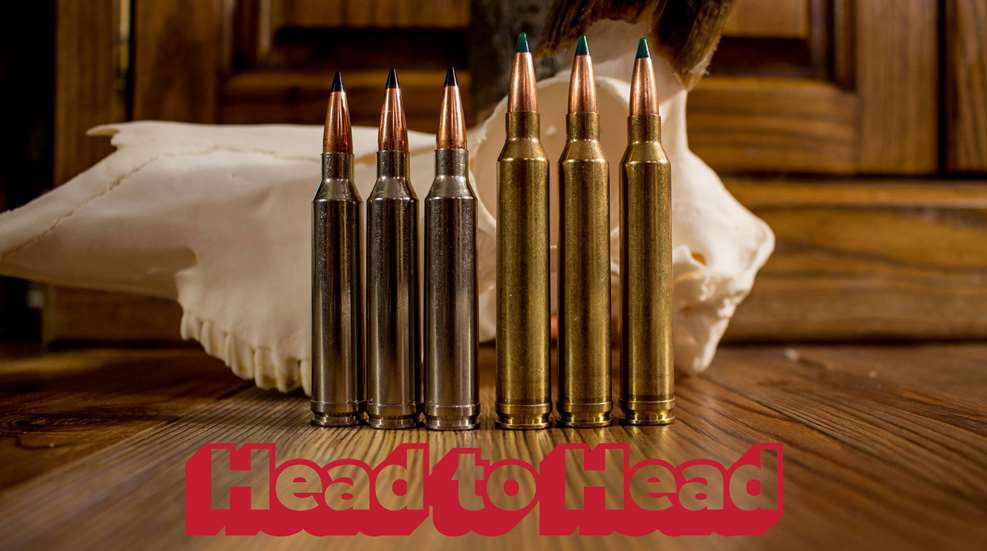Head to Head: 7mm Remington Magnum vs. 7mm STW
We recently ran a battle between the two newest 7mms—7mm PRC vs. 7mm Backcountry. In the comments, we noticed quite a few folks having an entirely different debate about two older stalwarts—7mm Rem. Mag. vs. 7mm STW. Read on to find out which of these classic cartridges comes out on top.





























